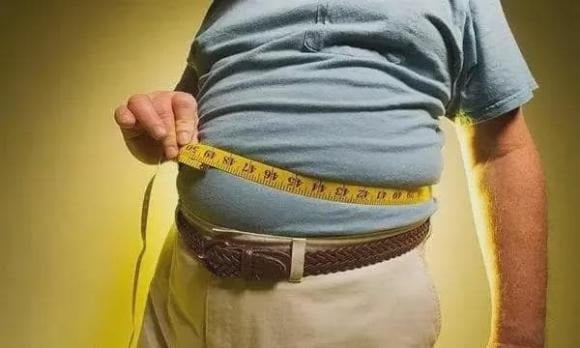What is Visceral Fat?
Visceral fat, also known as belly fat, is a type of fat that accumulates deep within the abdominal cavity, surrounding important organs such as the liver, pancreas, and kidneys. Unlike subcutaneous fat, visceral fat cannot be seen or pinched directly, but is typically evident through a protruding abdomen, often referred to as a “beer belly” or an “apple-shaped” body.
While some visceral fat is necessary for the body to maintain heat and protect and support the organs, excessive amounts can lead to serious health problems.

The Dangers of Excess Visceral Fat
When visceral fat surpasses healthy levels, it interferes with the functioning of vital organs and increases the risk of various diseases. Notably, its negative impact on cardiovascular health is significant.
For example, obese individuals often experience shortness of breath or chest pain during physical activity due to the thick layer of fat compressing the heart and reducing its pumping efficiency.
Compared to subcutaneous fat, visceral fat is considered more “dangerous” as it is linked to a host of serious ailments, including:
- Cardiovascular disease
- Type 2 diabetes
- Cancer
- Stroke
- Memory loss
- Depression
- Arthritis
- Sexual dysfunction
- Sleep disorders
Controlling visceral fat is not only crucial for improving one’s physical appearance but also for maintaining long-term health.
Effective Ways to Reduce Visceral Fat After Meals
Adopting healthy habits after meals can help manage visceral fat and improve overall health. The following are essential strategies to prevent the accumulation of visceral fat.
1. Engage in Light Physical Activity
Light exercise after meals can help lower blood sugar levels and reduce visceral fat. According to the World Health Organization (WHO), a slow 10- to 15-minute walk after eating not only aids digestion but also increases insulin sensitivity, thereby reducing the risk of abdominal fat accumulation.

2. Avoid Lying Down or Sitting Immediately After Eating
Sitting or lying down immediately after a meal can cause excess energy to be stored as visceral fat. According to Mayo Clinic, staying active by doing light chores or taking a walk helps the body burn calories more efficiently, preventing abdominal obesity.
3. Consume Fiber-Rich and Protein-Rich Foods
Diet plays a crucial role in managing visceral fat. According to a study published on PubMed, fiber-rich foods induce a feeling of fullness and improve digestion, while protein boosts metabolism and promotes muscle growth. Include green vegetables, beans, oats, eggs, and fish in your diet.
4. Limit Sugar and Refined Carbohydrates
Sugar and refined carbohydrates are the primary culprits behind visceral fat accumulation. Excessive consumption of candies, sodas, and white bread can lead to rapid weight gain. Instead, opt for complex carbohydrates like brown rice, sweet potatoes, and whole grains to maintain a stable weight.
5. Control Portion Sizes and Eat Moderately
Overeating in a single meal can cause the body to store excess energy as visceral fat. Distribute your food intake into smaller meals and eat slowly to allow your body to recognize satiety signals and prevent overeating.
6. Manage Stress and Improve Sleep
Prolonged stress and inadequate sleep can increase cortisol levels, leading to abdominal fat accumulation. According to Mayo Clinic, practicing relaxation techniques like meditation and yoga, along with ensuring 7-8 hours of sleep every night, can help manage weight and reduce the risk of obesity.
Adopting these habits after meals will not only help maintain a healthy body shape but also improve long-term health outcomes.
The 3 Fruits Rich in Fiber to Trim Your Waistline
If you’re looking to shed some pounds and burn that stubborn belly fat, incorporating certain fruits into your diet can be a game-changer. Trimming down your waistline doesn’t just make you feel more confident, it also has health benefits, as a slim midsection is associated with better overall health.
Breakfast Like This for 3 Weeks: Slim Waist, Beautiful Figure – No Dieting Needed, Diverse Daily Menu
No strict dieting or morning fasting is required to effectively reduce belly fat; choosing the right breakfast menu will get you there. With the following 21 diverse, easy-to-cook, and non-boring breakfast options, you’ll noticeably feel lighter, more energized, and slimmer around the waist in just 3 weeks.



































